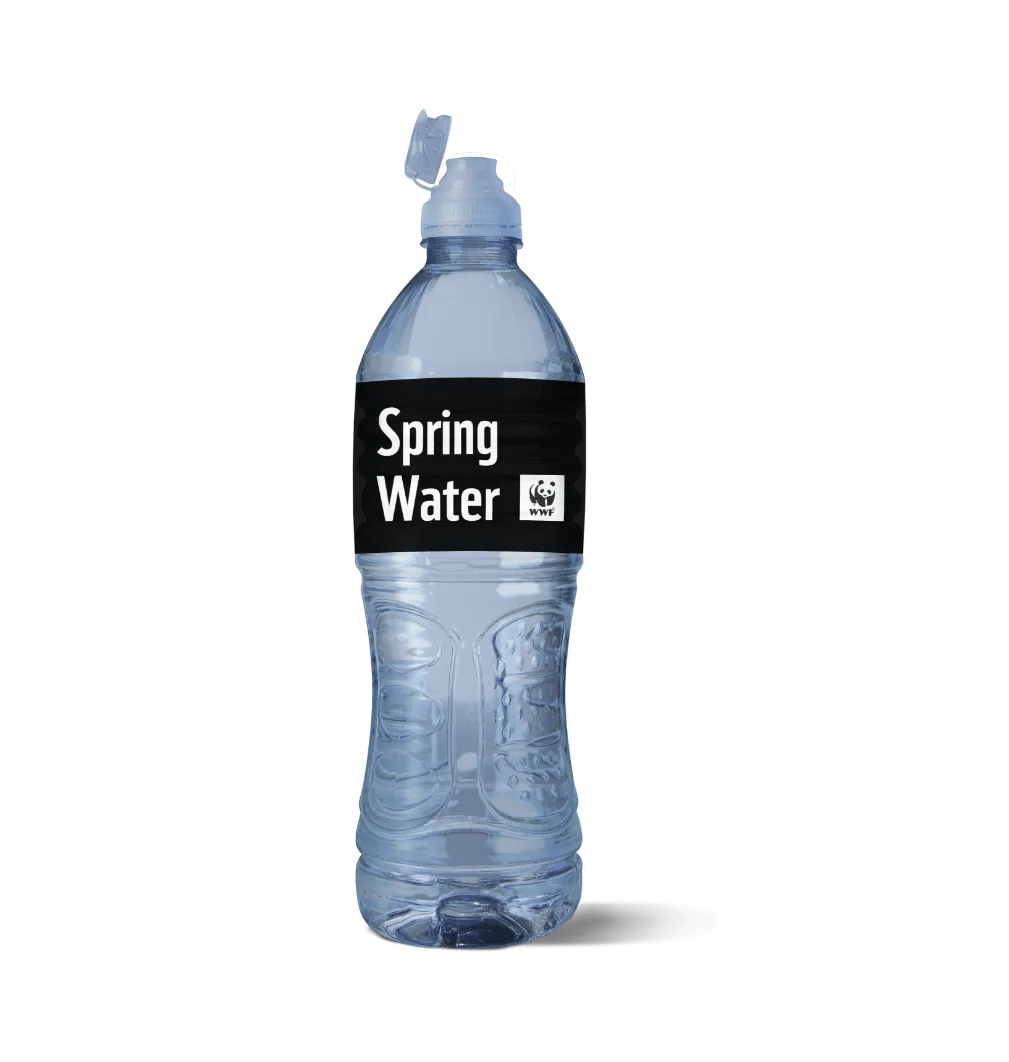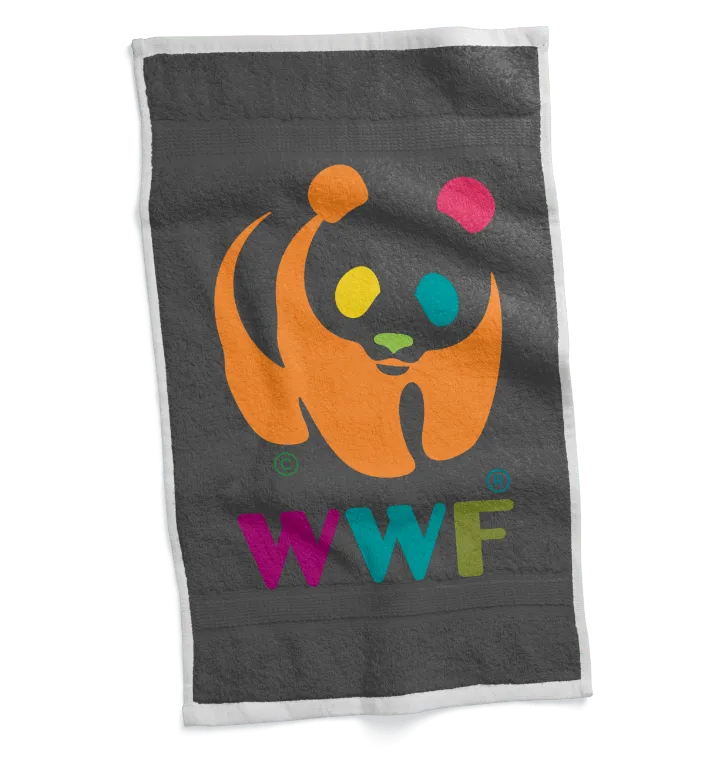MERCHANDISING BRAND GUIDELINES
A different way to reach audiences to help them care about nature and engage with WWF.
WWF merchandising helps us to share our message to a wider audience, an audience that we may otherwise not reach. Often undertaken at the initiative of a local office, this provides an additional opportunity to talk about our work and mission as well as the environmental challenges we’re all facing.
When putting the WWF brand on an object, we have a responsibility to protect our brand in a manner consistent with what we represent and how we want to be perceived. By following these guidelines across the network, we can help make sure WWF comes across in a compelling and unified way.
MERCHANDISING KEY GOALS
- Increase the public’s awareness of WWF and its mission to engage people to take action to support conservation
- Reach audiences we would normally not reach
- Encourage sustainable consumption and raise consumer awareness
- Generate funds for WWF’s global conservation efforts
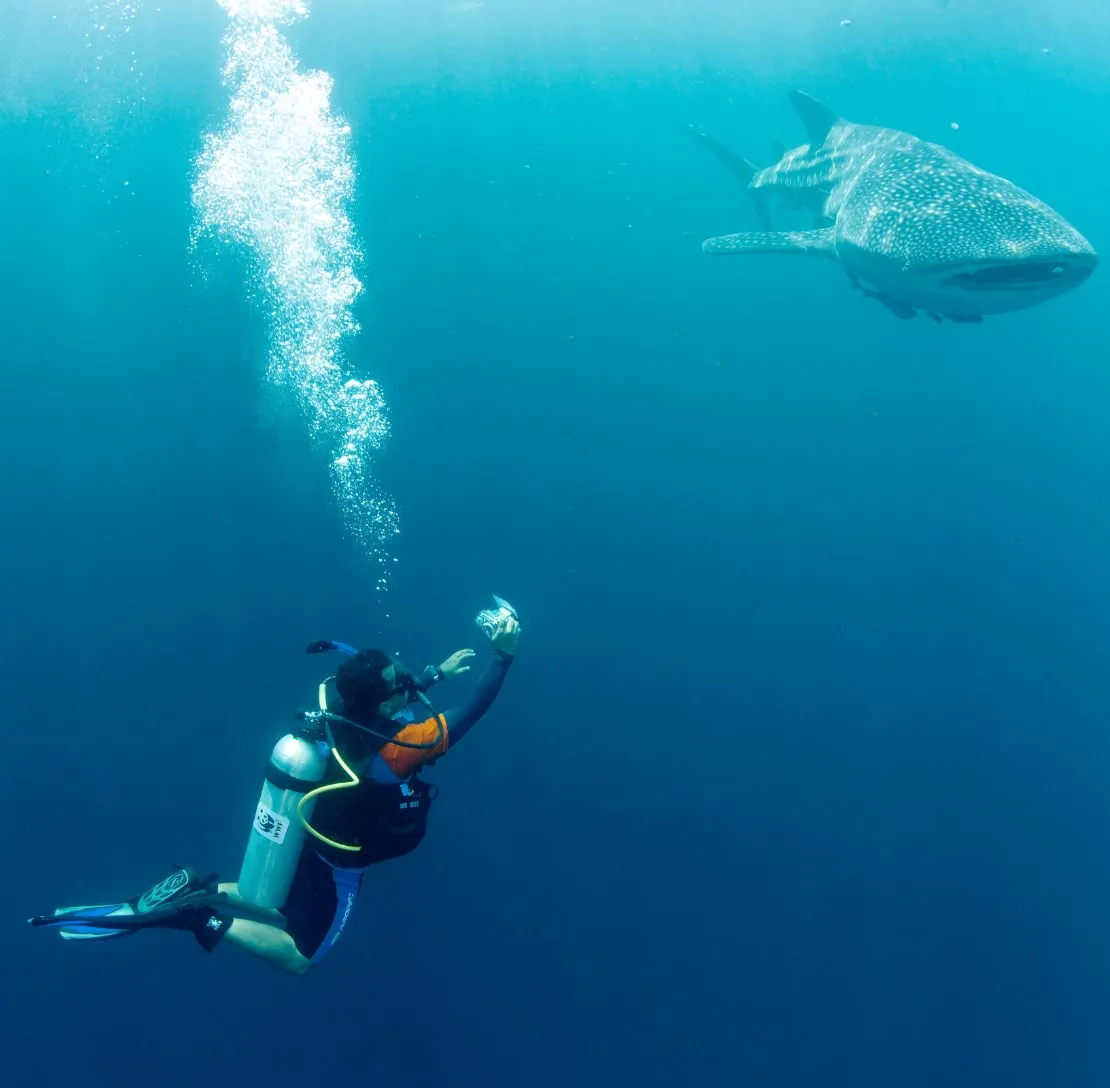
MERCHANDISING CRITERIA AND PRINCIPLES
Items associated with WWF need to follow the highest standards for sustainability covering environmental as well as social criteria: our credibility depends upon it – it should not be about meeting basic standards but trying wherever possible to exceed them.
When creating merchandising, the following criteria must be met:
1. SUSTAINABILITY FIRST
2. SUSTAINABLE DESIGN AND PACKAGING
3. PURPOSE
4. OPTIMISTIC MESSAGING
5. Engaging
WWF should be the only brand to appear on the product and packaging, with, at most, a reference to the manufacturer. The product should be manufactured and/or distributed by a third party approved by the local WWF office, with the design and production overseen and approved by WWF teams.
VISUAL GUIDELINES
CLOTHING EXAMPLES
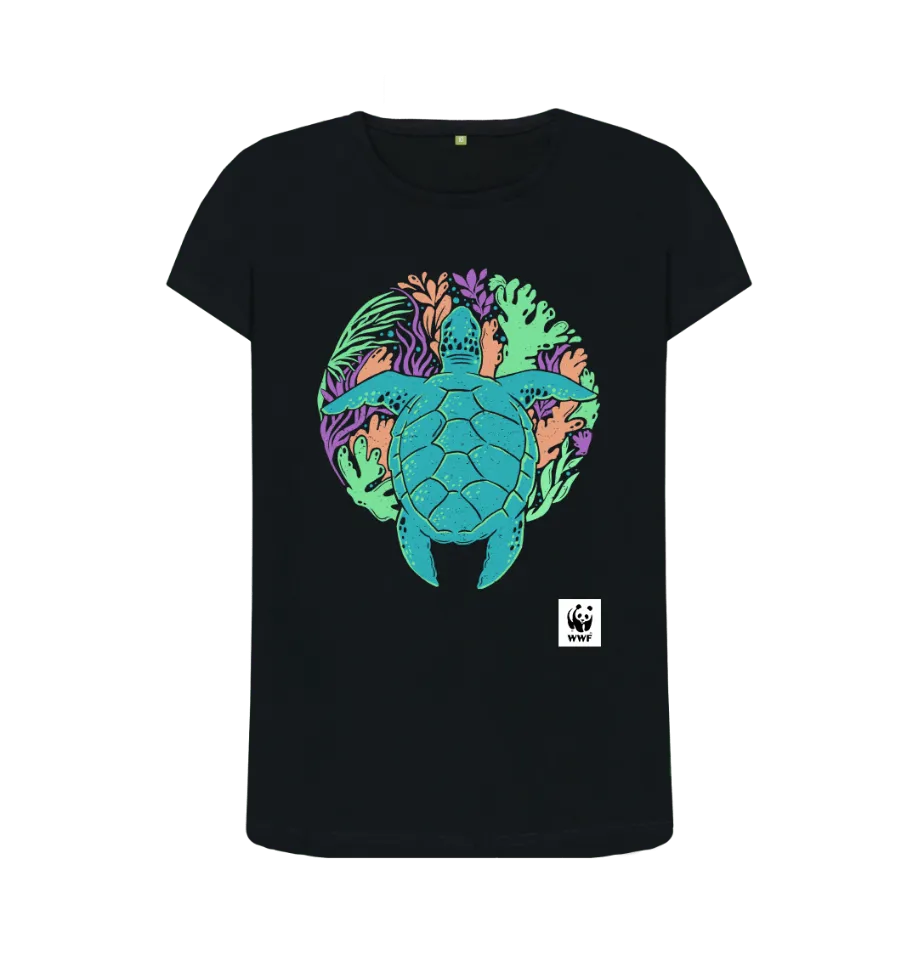
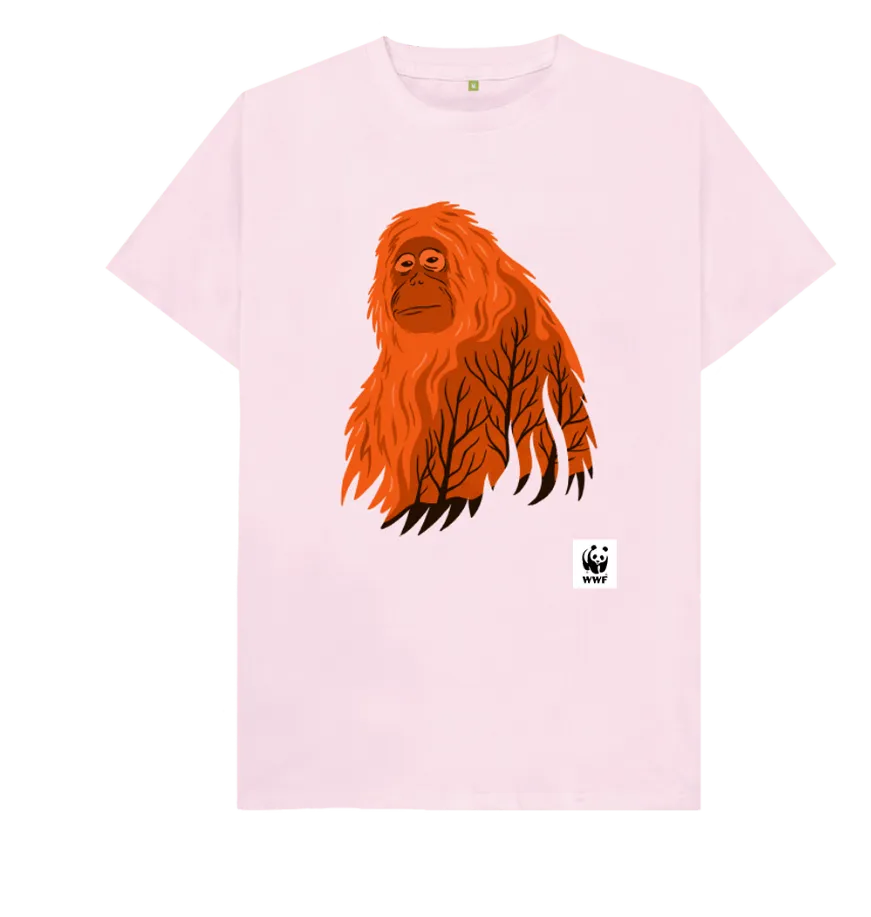
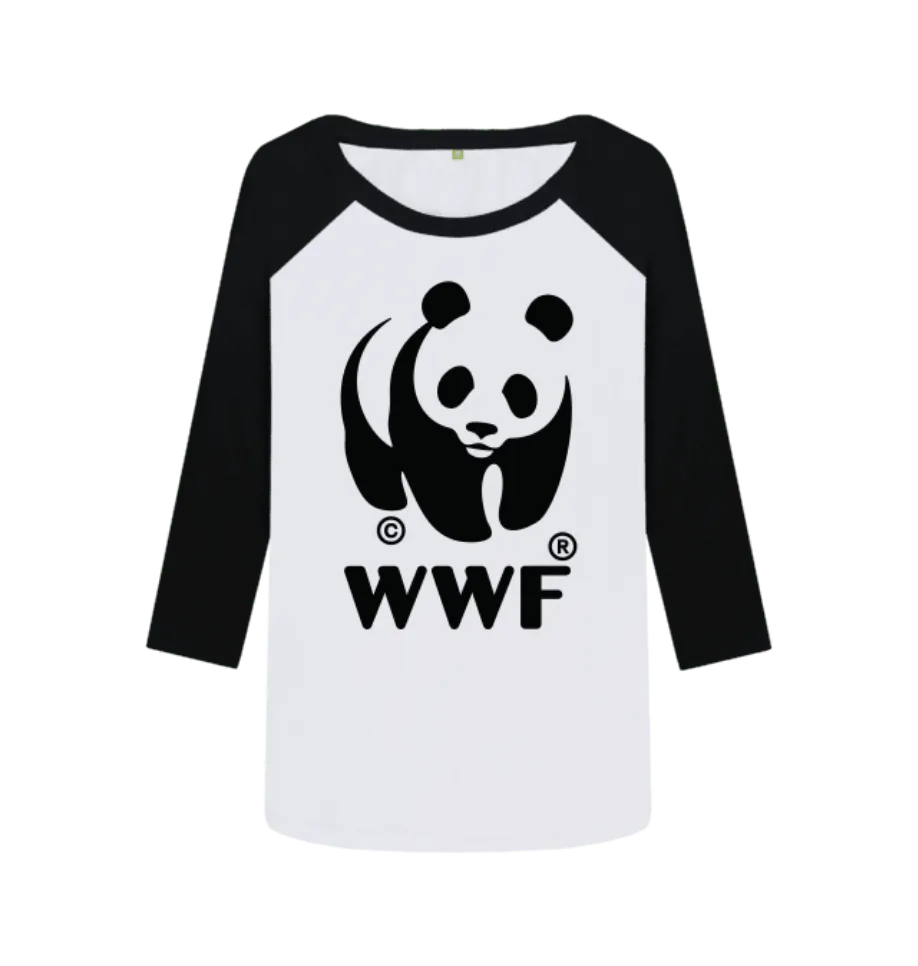
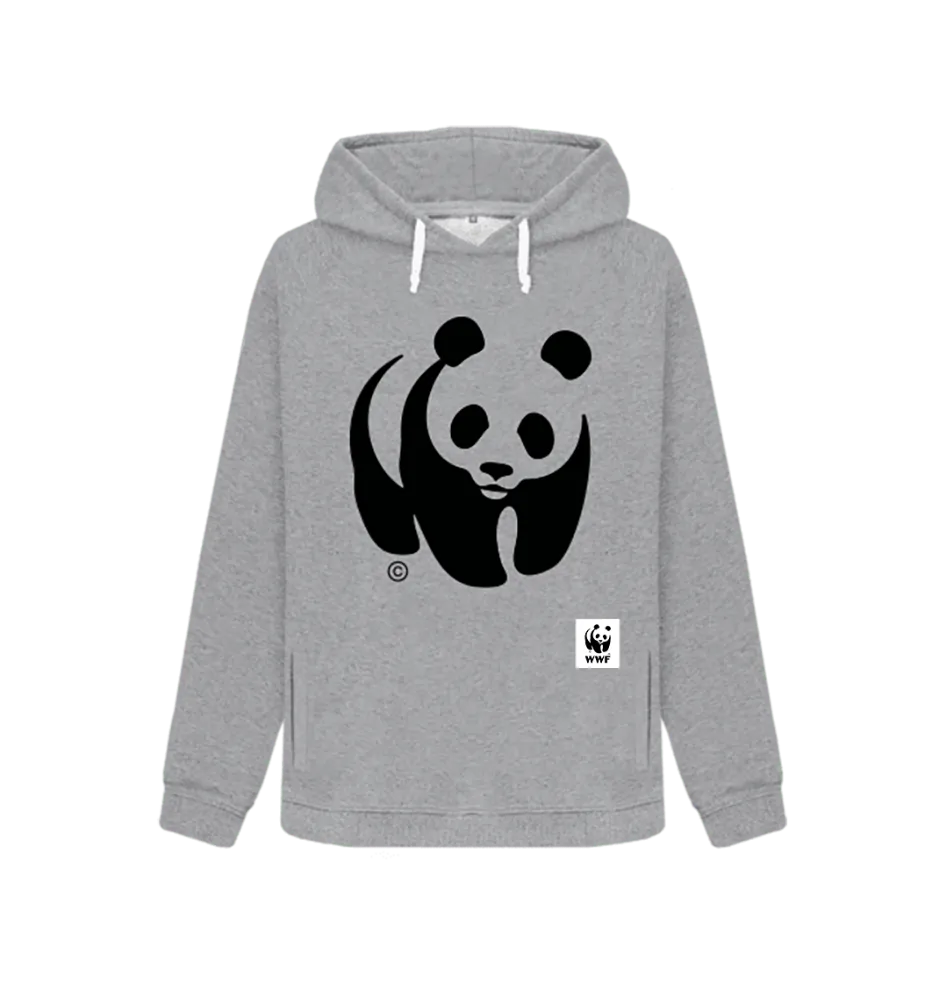
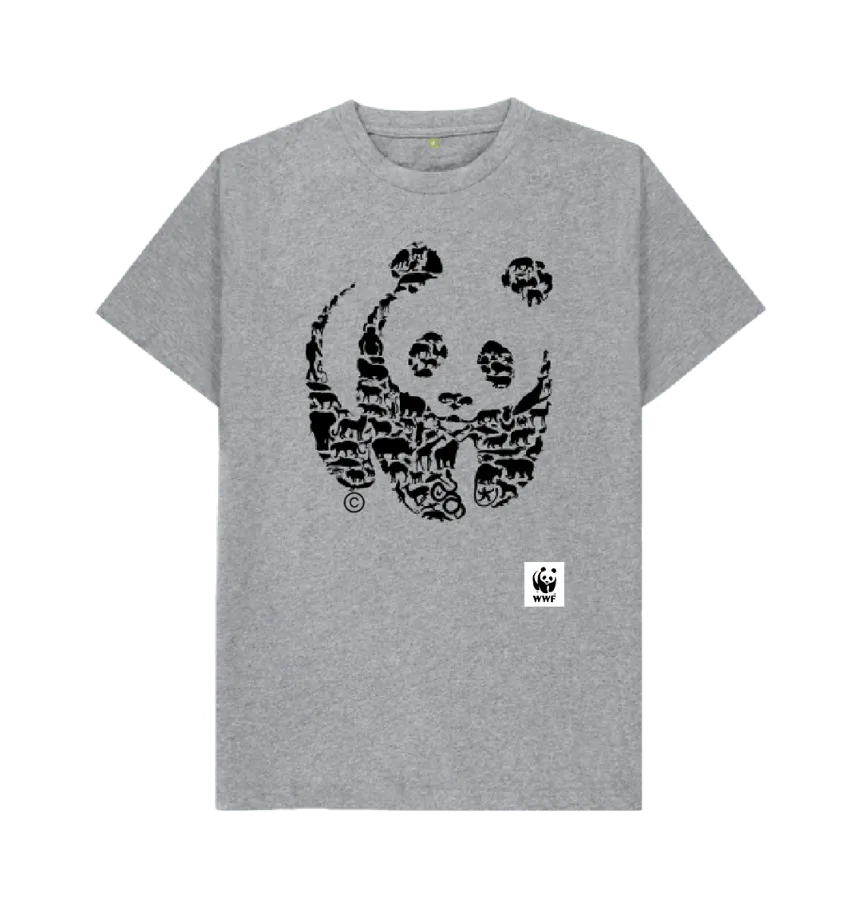
Note: you can use more creativity with the panda icon, always working within the limits of the brand guidelines.
More information is available here.
ECO KITS
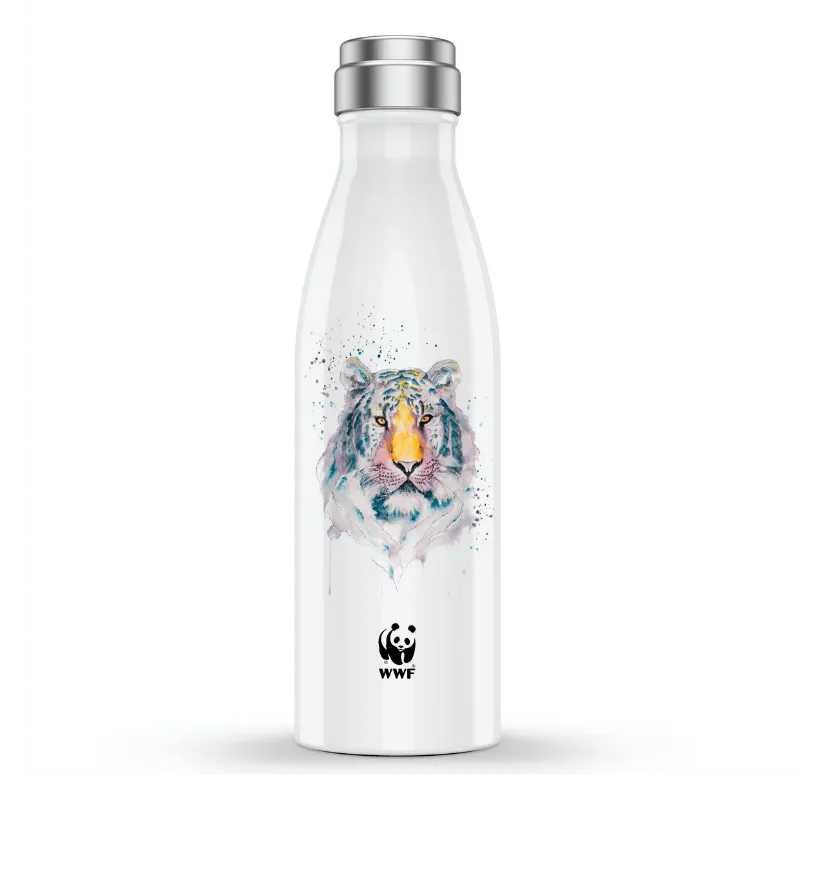
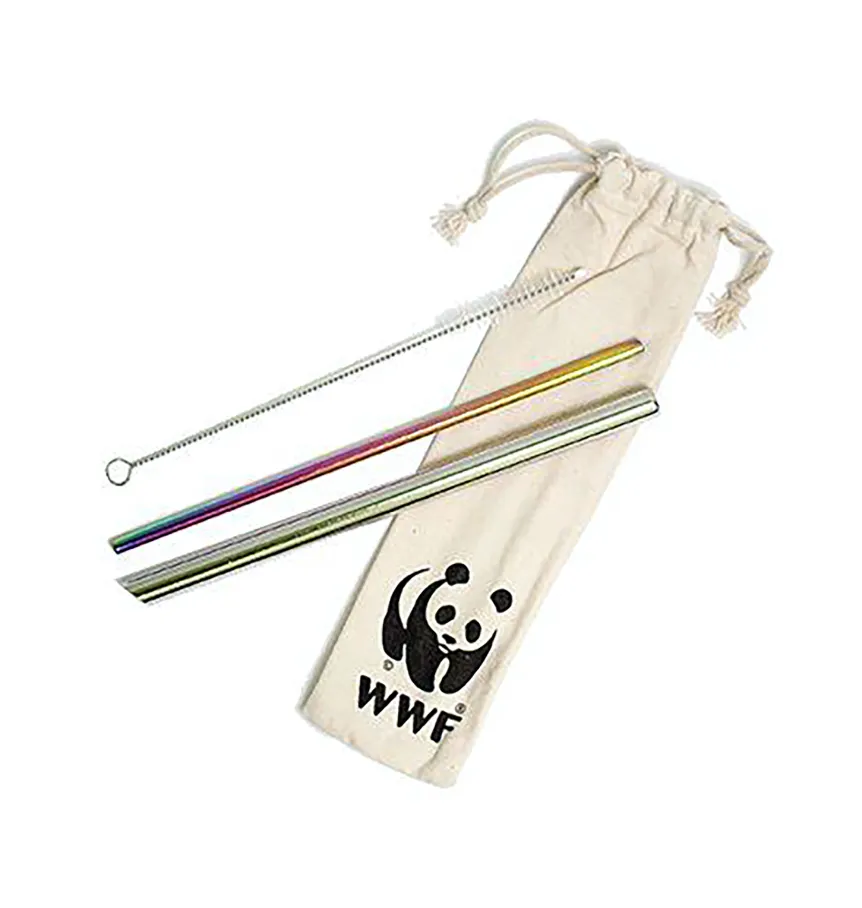
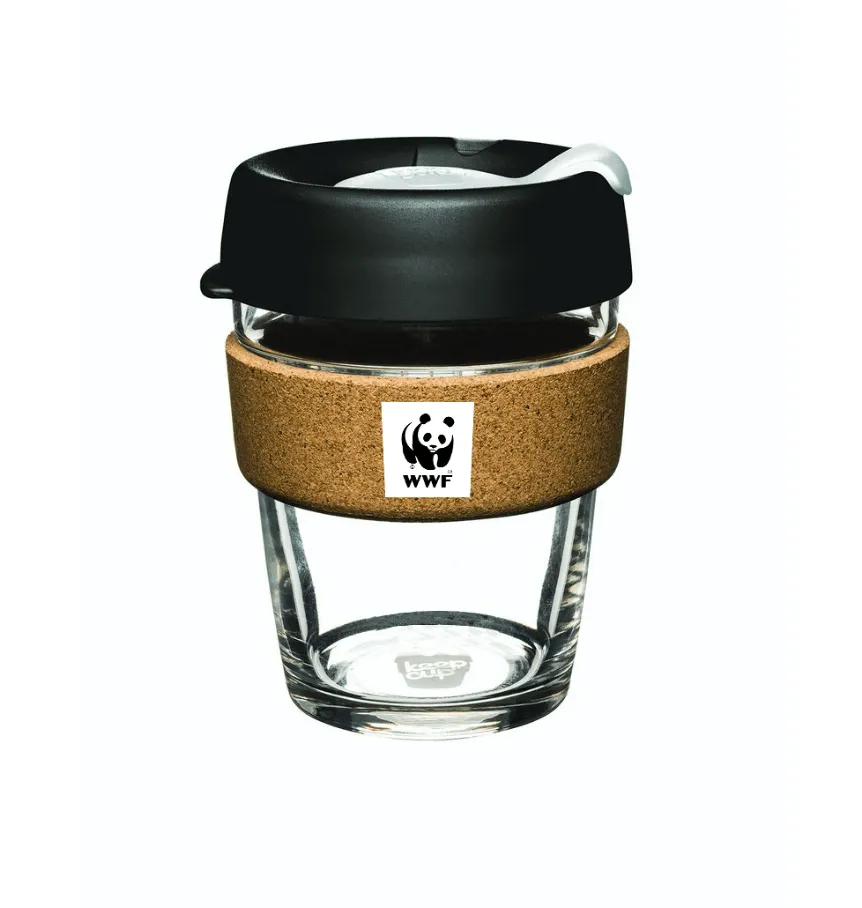
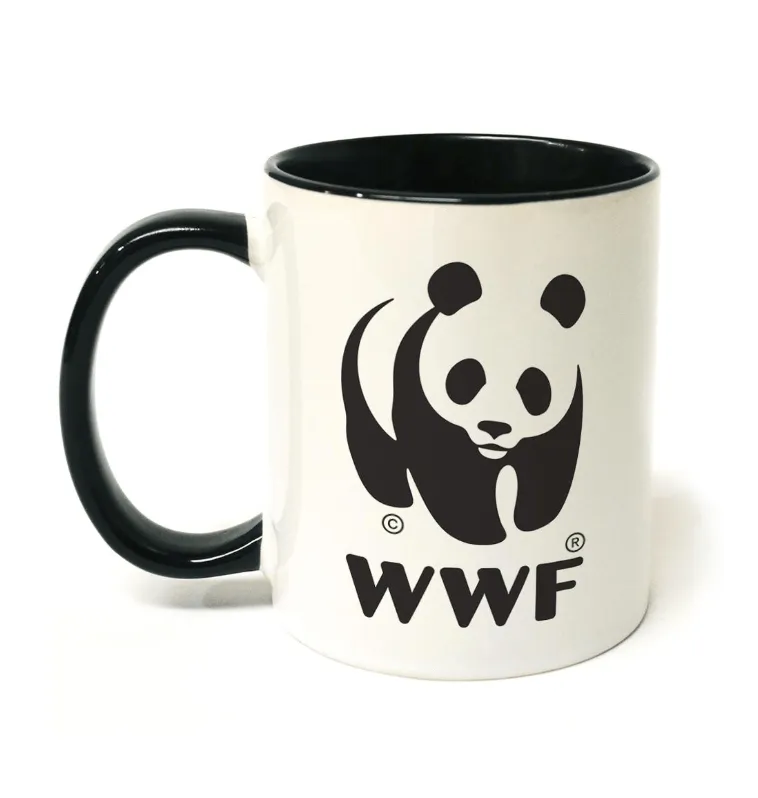
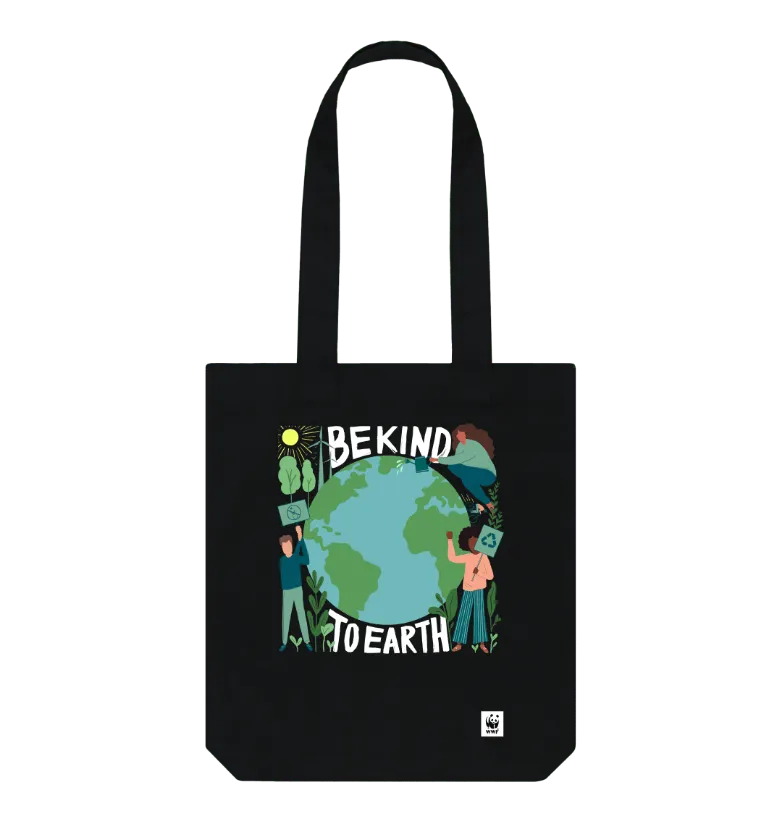
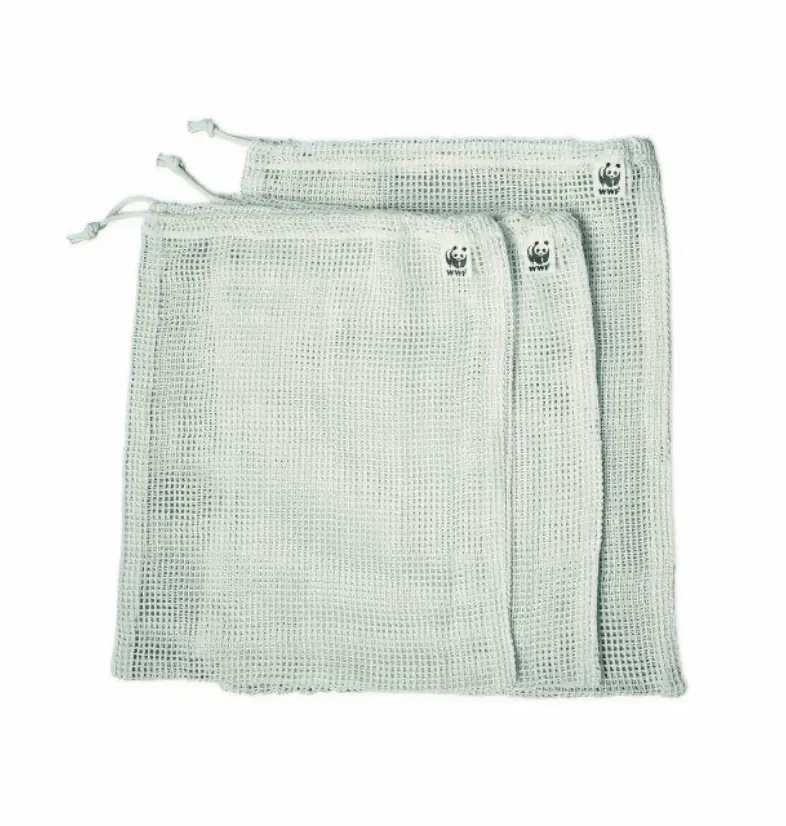
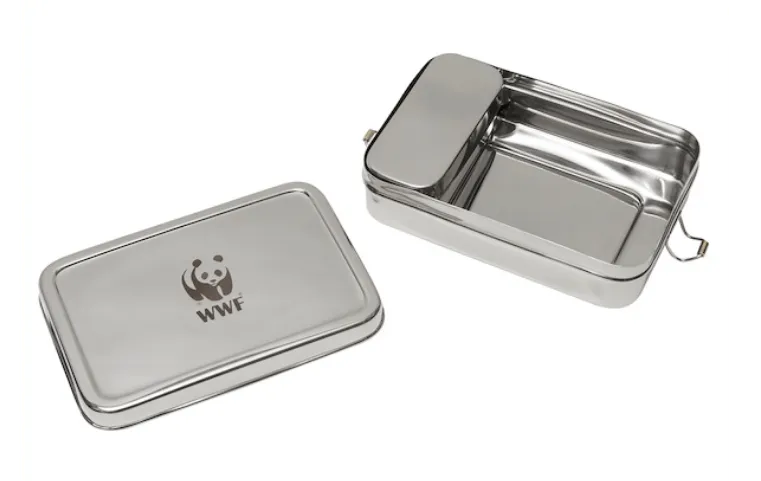
For merchandising purposes only: when embossed or engraved on specific materials (such as wood or metal) or for embroidery, the WWF logo can be exceptionally used without its white background.
STATIONERY
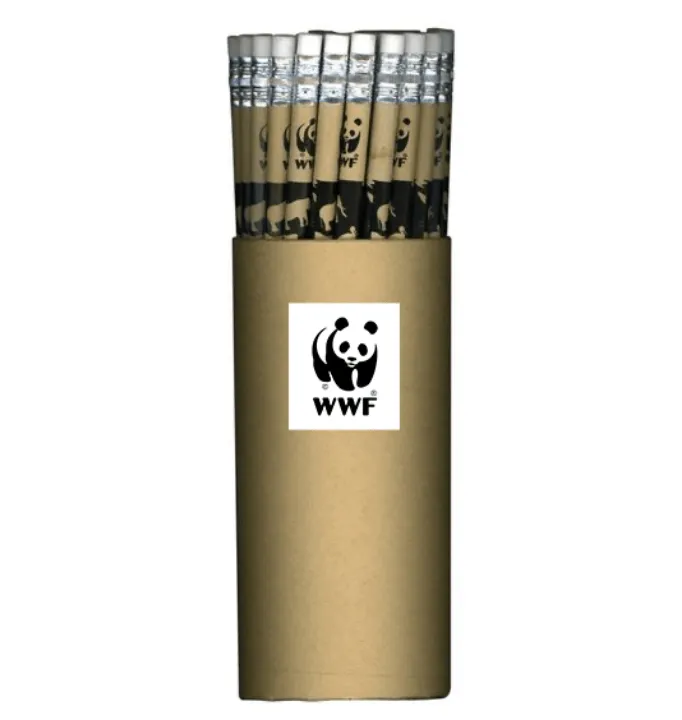
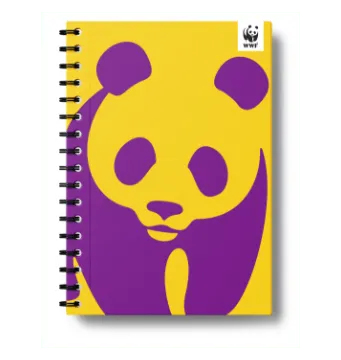
Reminder: More creativity is allowed with the panda icon, always working within the limits of the brand guidelines. More information is available here.
TOYS, GAMES & PUZZLES
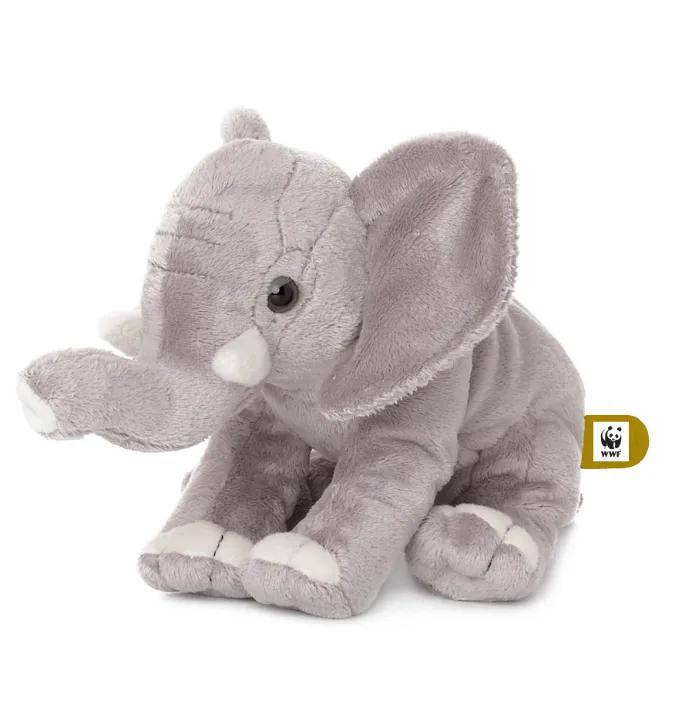
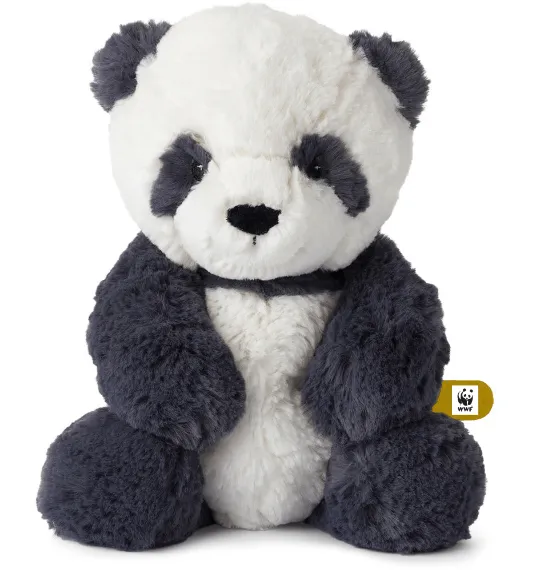
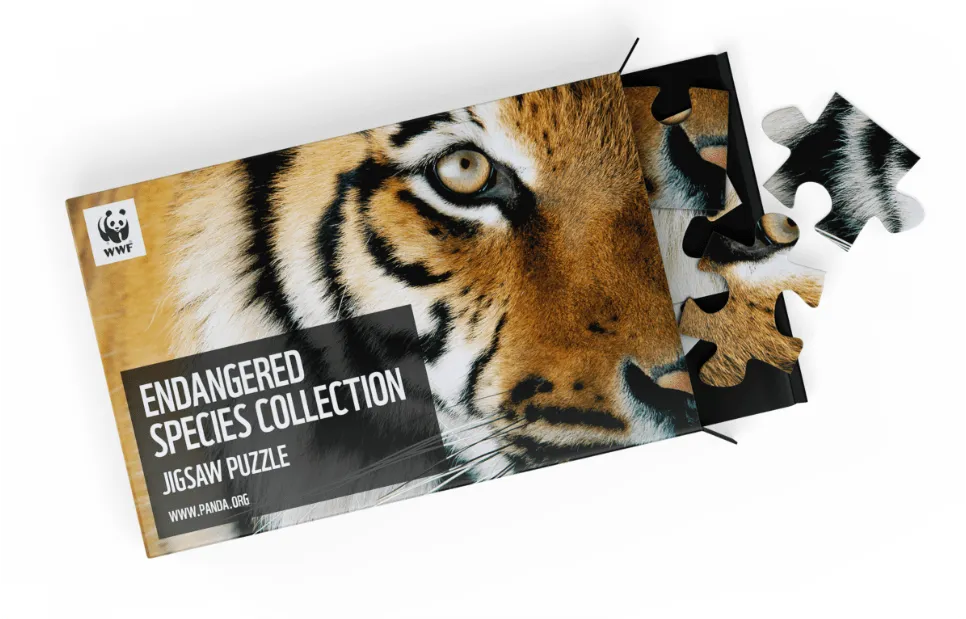
DO NOTS
do not alter the wwf logo
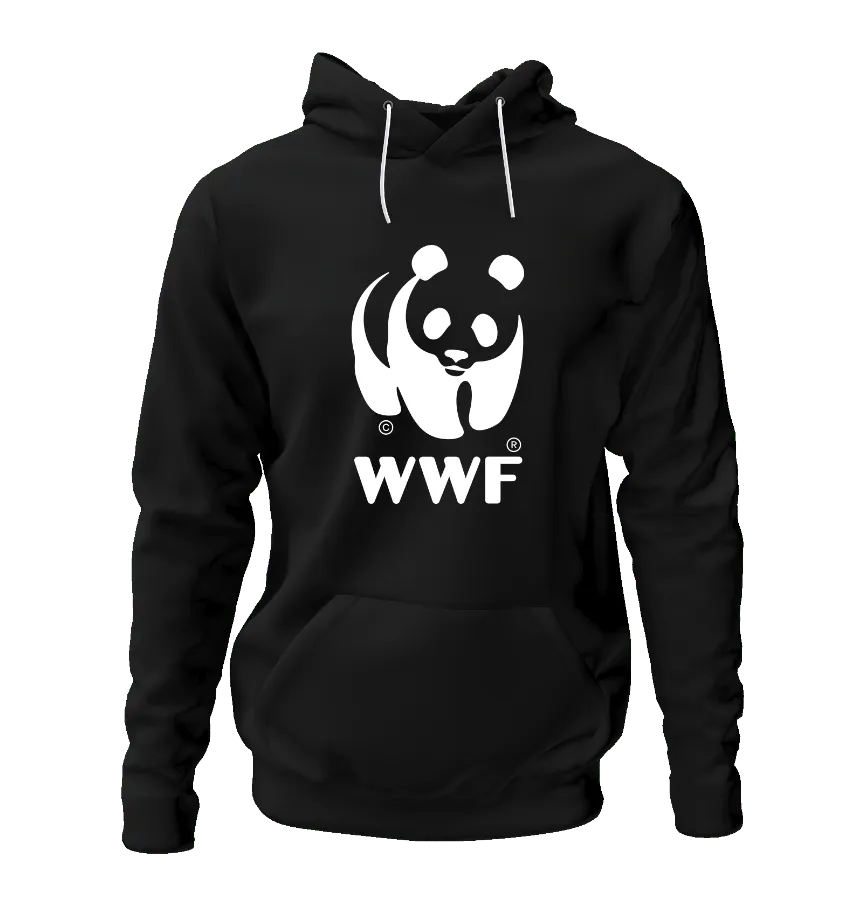
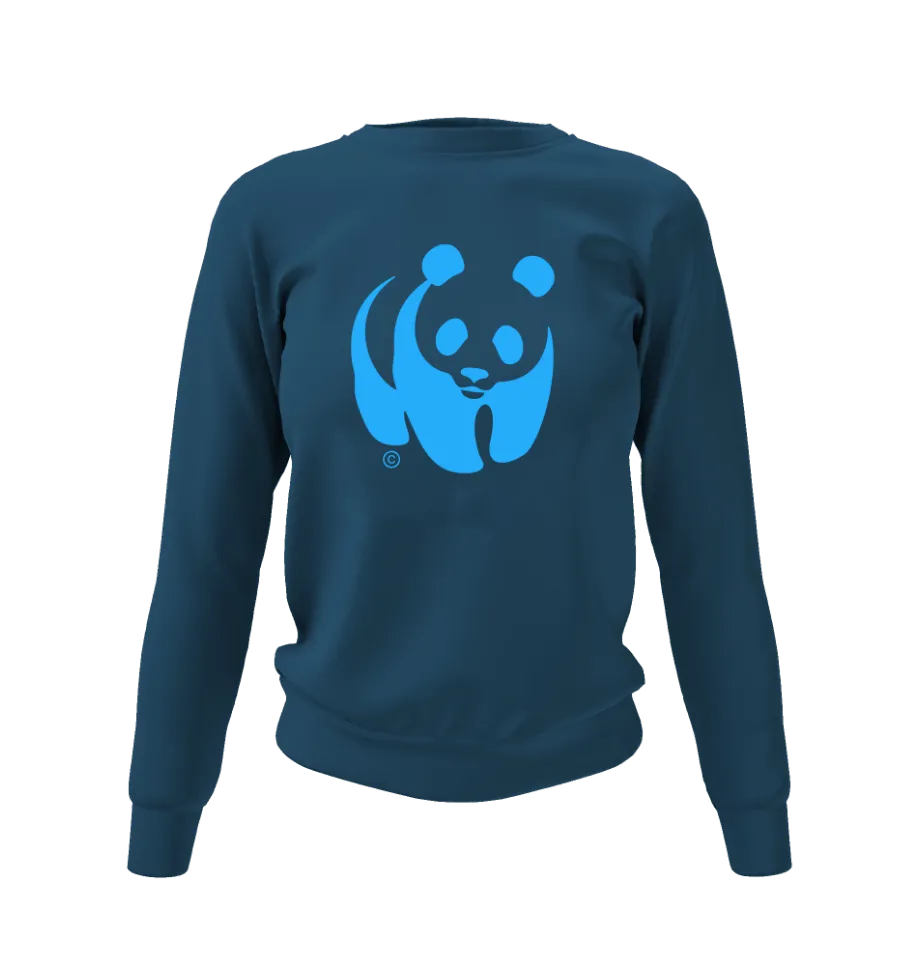
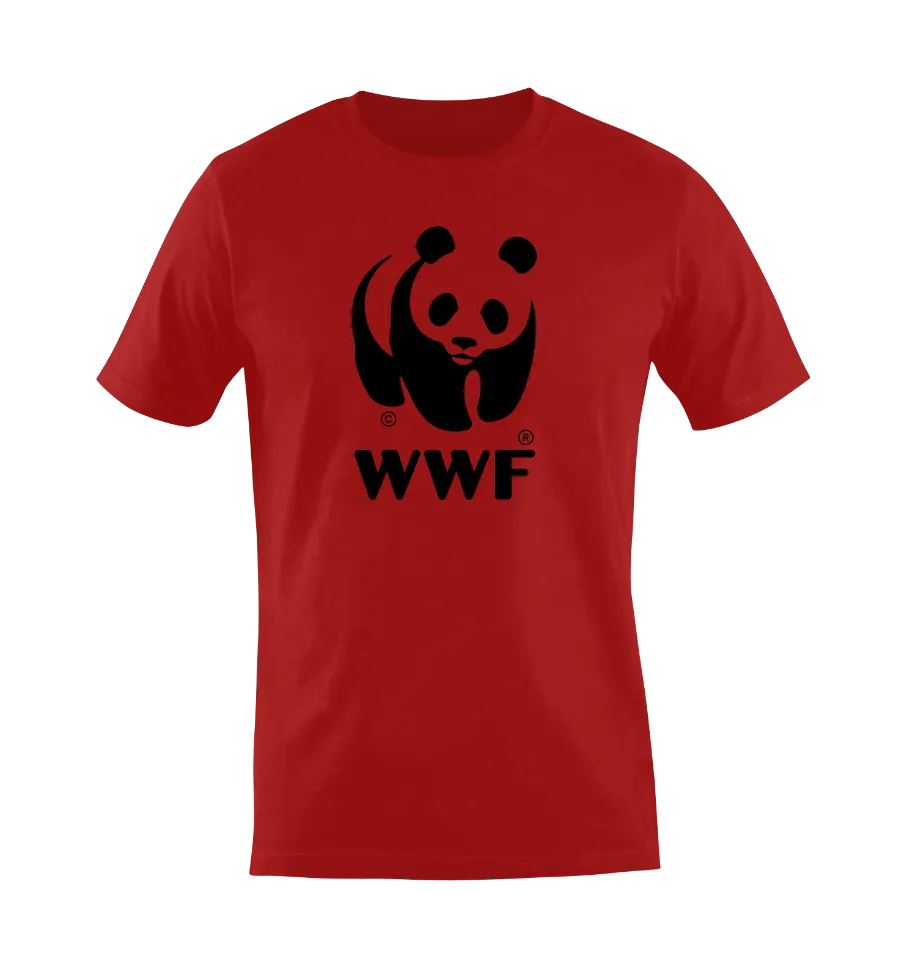
DO NOT CREATE ‘OFF BRAND’ ITEMS
